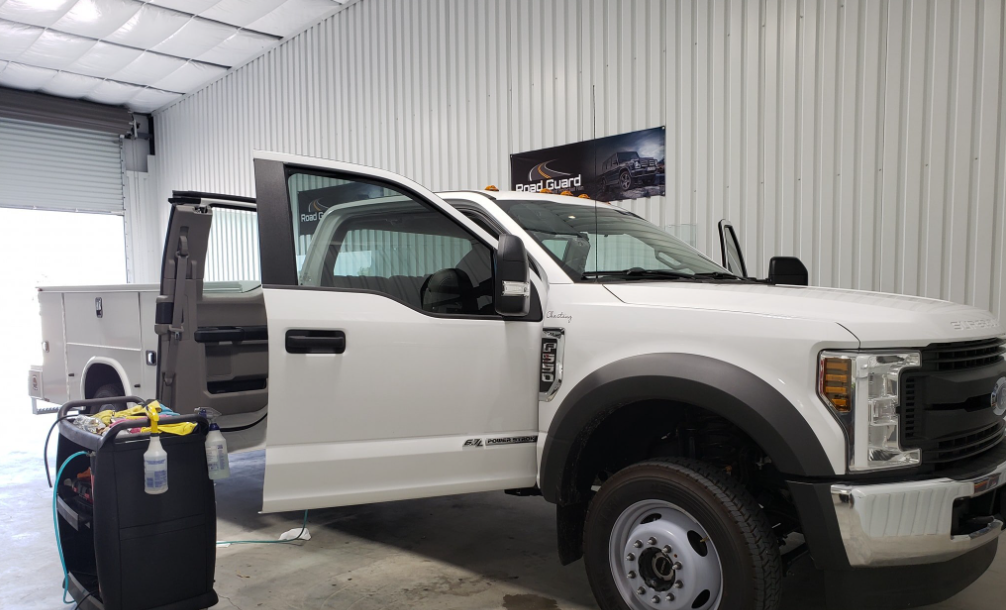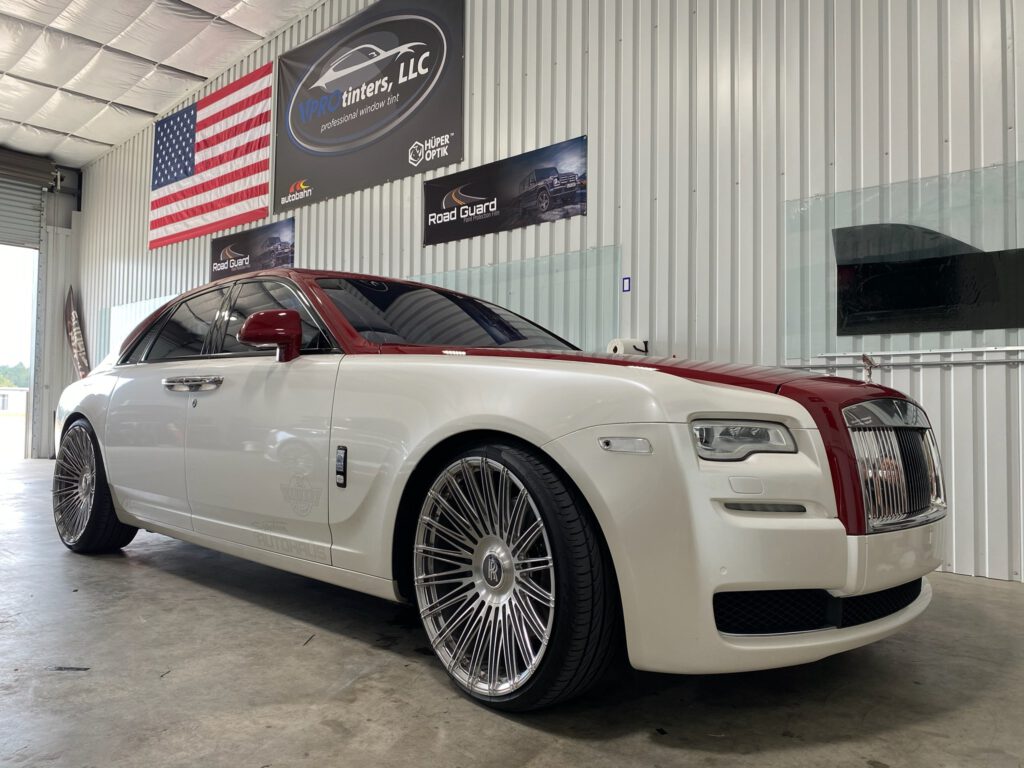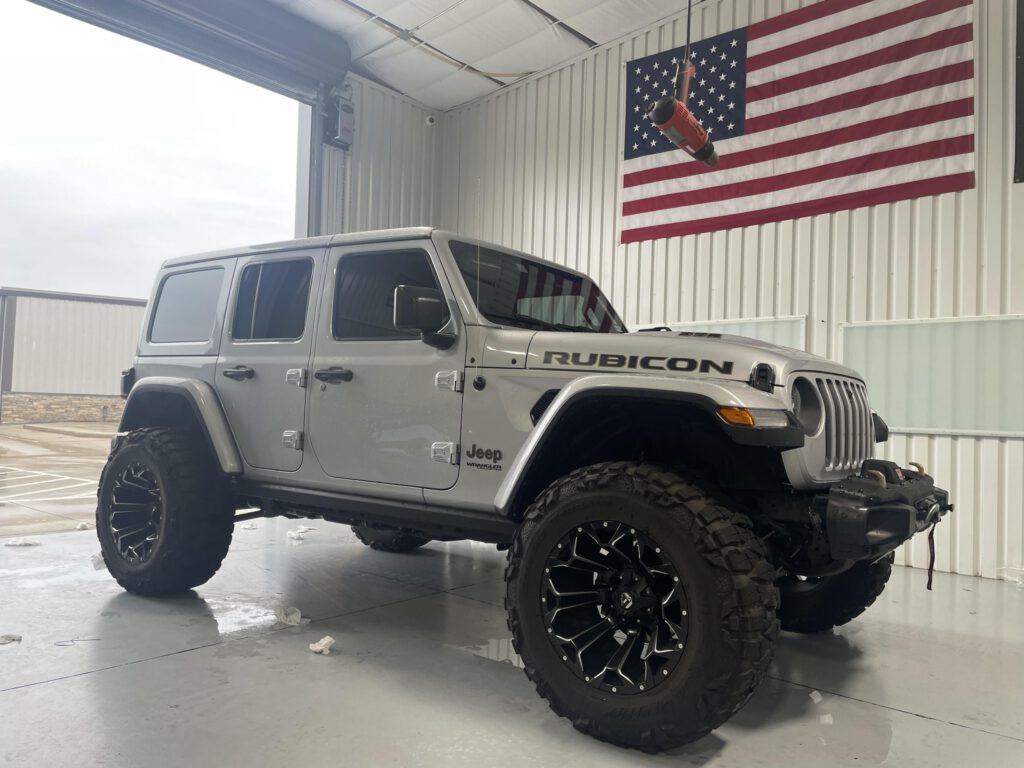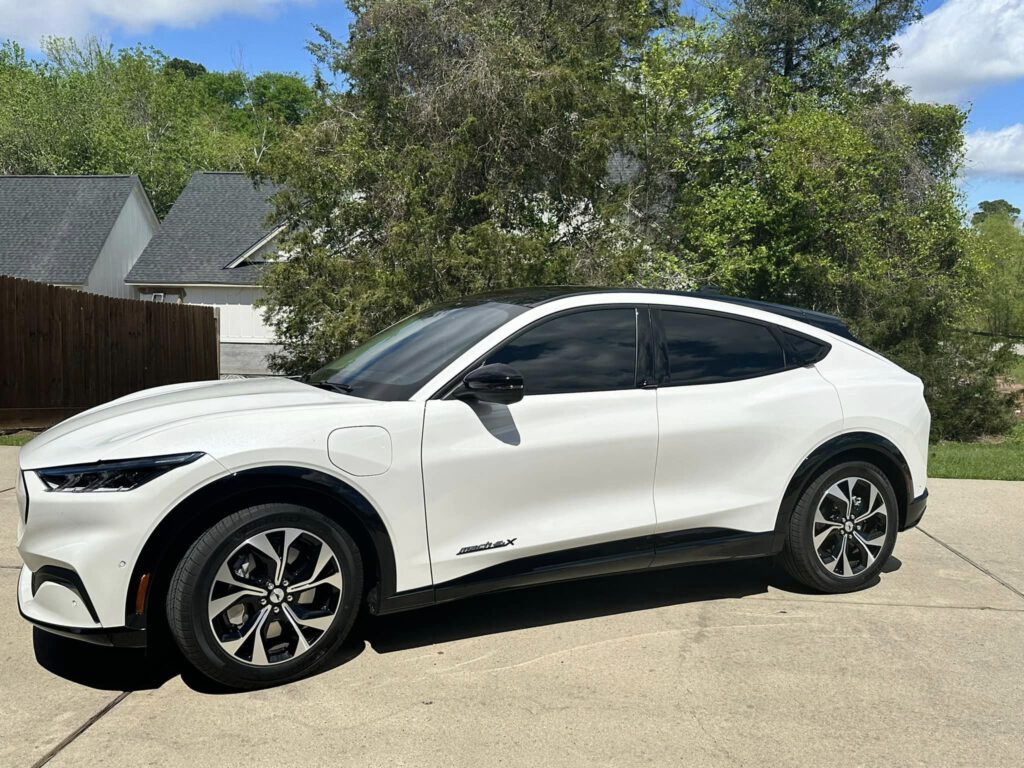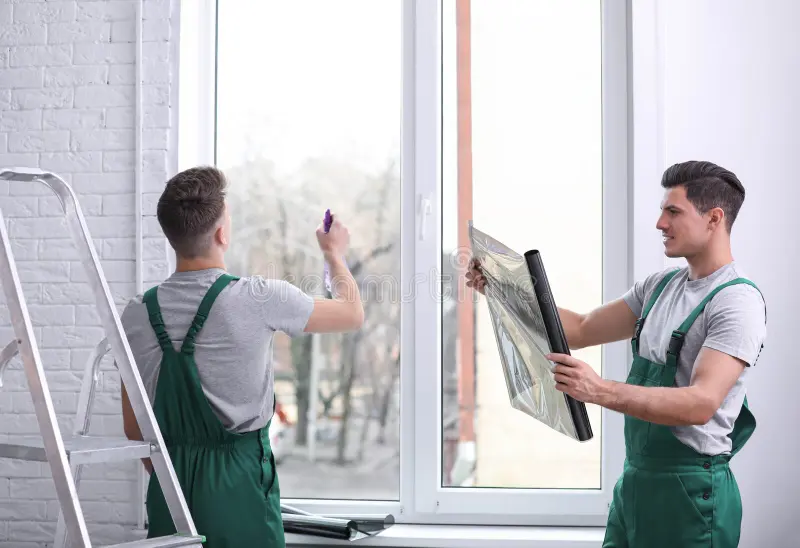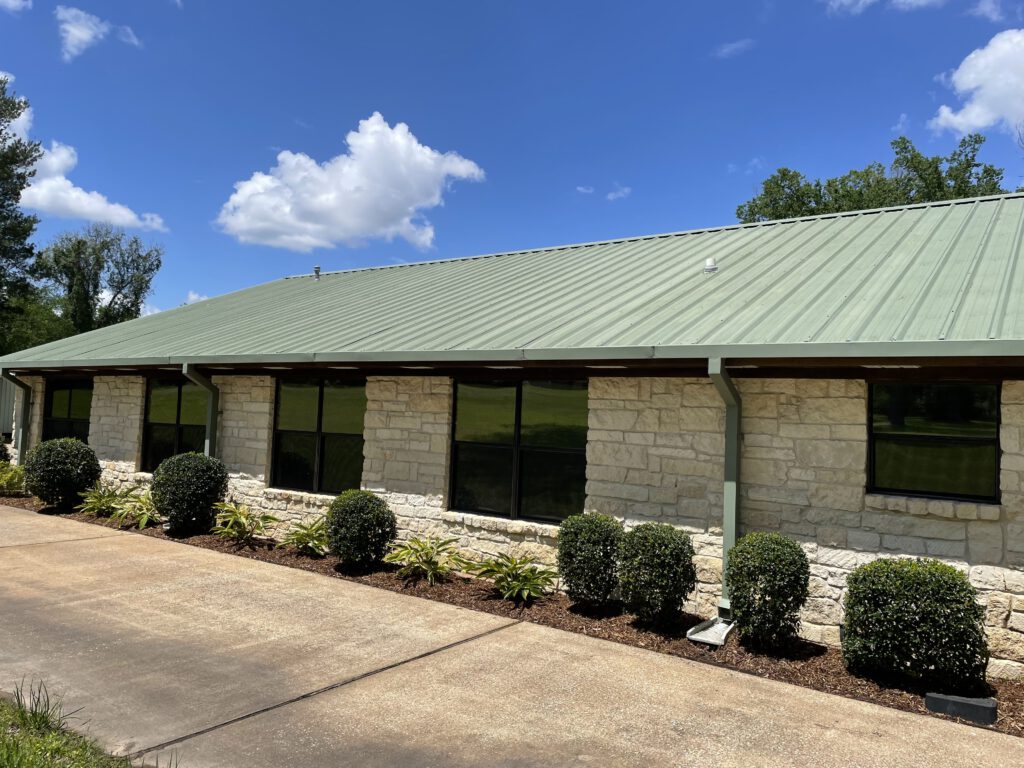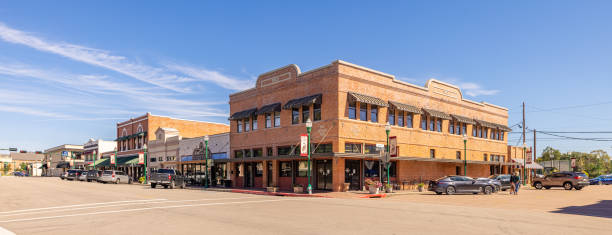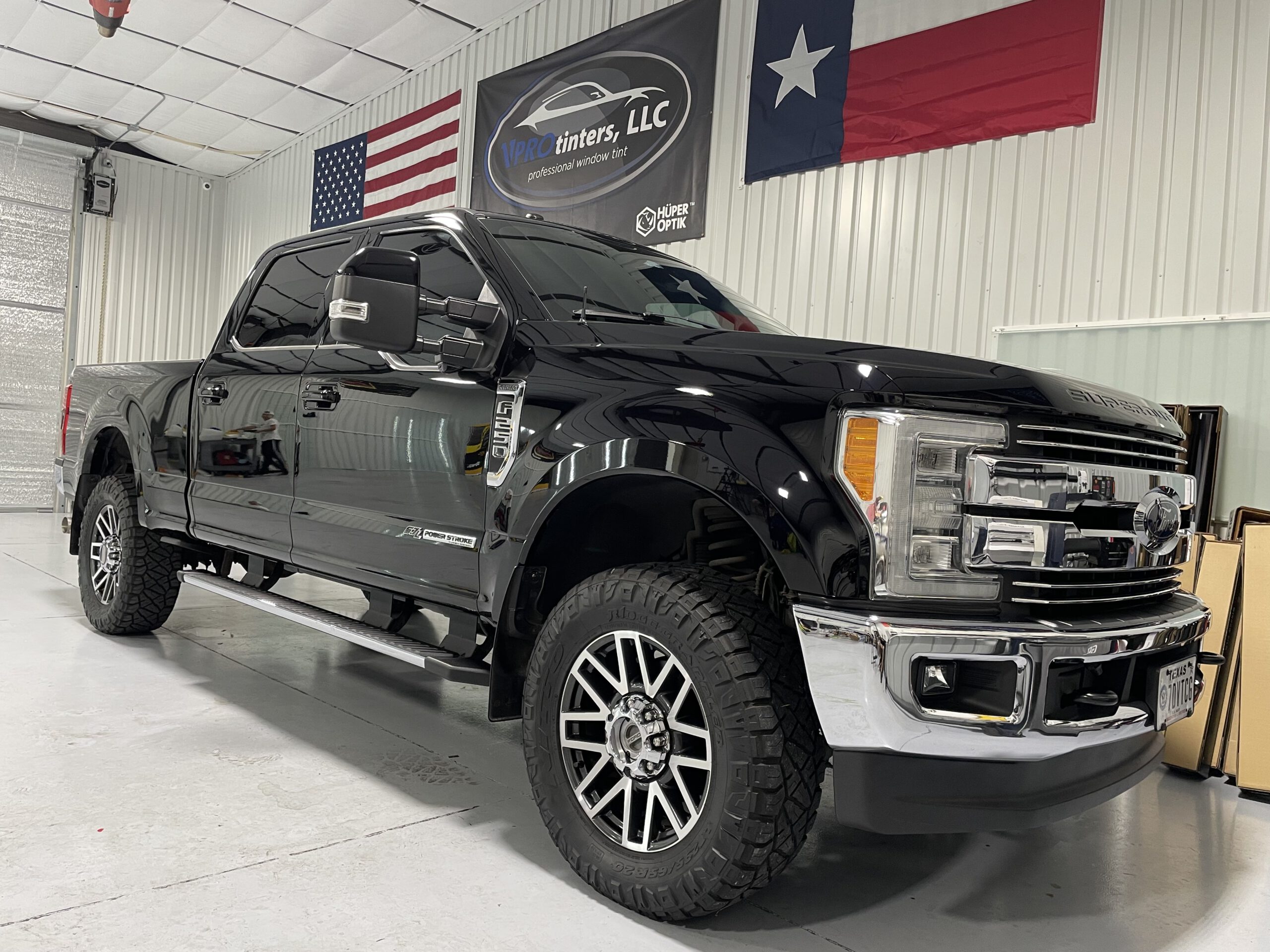
From initial application expenses to long-term care, each aspect plays an essential role in ensuring the effectiveness of this protective layer. However, there’s more to uncover in this detailed guide beyond just the financial investment and application steps.
Discover the intricacies of ceramic coating that can help you make an informed choice for your vehicle’s future.
Key Takeaways
- Ceramic coating offers long-term cost benefits by reducing maintenance and detailing expenses.
- Proper preparation and application ensure a durable finish and optimal bonding.
- Curing and drying techniques are crucial for a lasting, protective ceramic coating.
- Professional services provide superior quality and longevity compared to DIY kits.
Benefits of Ceramic Coating
When considering how much does ceramic coating cost, the benefits extend beyond just enhancing its appearance. Ceramic coatings provide exceptional durability advantages, offering long-term protection for your vehicle’s paintwork. This protective layer acts as a shield against various environmental contaminants like bird droppings, UV rays, dirt, and road grime, ensuring your car’s paint remains intact and free from damage for an extended period.
In addition, ceramic coatings contribute notably to gloss enhancement, giving your car a deep and reflective shine that’s sure to turn heads. The coating creates a smooth and sleek surface that not only looks impressive but also makes cleaning and maintaining your vehicle much easier. The enhanced gloss provided by ceramic coatings can make your car look brand new, improving its overall aesthetic appeal and increasing its resale value.
In addition to the aesthetic benefits, the durability advantages of ceramic coatings mean that your car will require less frequent detailing and waxing. This not only saves you time and effort but also reduces maintenance costs in the long run. By investing in a ceramic coating for your car, you aren’t only protecting its exterior but also ensuring that it maintains a stunning appearance for years to come.
Cost Breakdown
When considering ceramic coating in Conroe TX, it’s crucial to understand the breakdown of costs involved.
The initial investment required can vary based on the size of your vehicle and the quality of the coating.
Additionally, factoring in the long-term benefits and maintenance expenses will give you a complete view of the overall cost of ceramic coating.
Long-Term Cost Benefits
Considering the initial investment in ceramic coating your car, it’s important to understand the long-term cost benefits, which can be broken down to reveal significant savings over time.
- Durability Advantage: Ceramic coatings last for years, reducing the need for frequent reapplications.
- Savings Potential: By protecting your car’s paint, you avoid costly repainting or touch-up expenses.
- Maintenance Cost Reduction: Requires less frequent washing and detailing, saving you time and money.
- Resale Value Boost: The enhanced appearance and protection can increase the resale value of your vehicle.
These factors contribute to the long-term cost-effectiveness of ceramic coating, making it a valuable investment in the preservation and aesthetics of your car.
Maintenance Expenses Involved
In calculating how to maintain ceramic coating involved in ceramic coating your car, it’s important to understand the breakdown of costs associated with upkeep and upkeep procedures. Setting a maintenance schedule is essential for preserving the coating’s integrity. Budgeting for regular maintenance guarantees that your coating remains effective over time.
When it comes to cleaning techniques, using gentle, pH-neutral products is vital to prevent damage to the coating. Product selection plays a significant role in maintaining the ceramic coating’s longevity. Investing in quality cleaning products tailored for ceramic coatings can save you money in the long run by reducing the need for frequent reapplications.
Pre-Coating Preparation
Prepare your vehicle meticulously before applying the ceramic coating to guarantee superior outcomes. This pre-coating preparation stage guarantees that your car’s surface is in prime condition for the ceramic coating to bond effectively and deliver long-lasting protection.
- Surface Cleaning: Thoroughly wash your car to remove any dirt, grime, or residues that could interfere with the adhesion of the ceramic coating. Use a pH-neutral car shampoo and a microfiber wash mitt to avoid marks on the paintwork.
- Paint Correction: Inspect the paintwork for imperfections such as swirl marks or oxidation. Correct these issues through polishing or compounding to restore a smooth and flawless surface before applying the ceramic coating.
- Decontamination: Use a clay bar or a chemical decontamination product to remove embedded contaminants like tar, industrial fallout, or tree sap that regular washing can’t eliminate. This step ensures a clean surface for the ceramic coating to bond properly.
- Final Inspection: Before proceeding with the ceramic coating application, inspect the paintwork under proper lighting conditions to guarantee it’s free of defects and contaminants. Any overlooked issues at this stage could affect the coating’s performance and durability.
Application Process
Before proceeding with the application process, make sure that your vehicle’s surface is impeccably clean and free of any imperfections or contaminants that could compromise the effectiveness of the ceramic coating. To begin, apply the ceramic coating using proper techniques to guarantee an even and smooth finish. Common mistakes to avoid during application include using too much product, not spreading it evenly, or applying it under direct sunlight, which can lead to streaks or uneven curing.
When applying the ceramic coating, be mindful of the drying process. Perfect conditions for drying include a temperature range of 50-80°F (10-27°C) with low humidity. This environment allows the coating to cure properly without interference from external factors. Additionally, guarantees proper ventilation to aid in the drying process and prevent any issues with fumes or odors.
Utilize recommended application tools such as microfiber applicators or suede cloths to achieve the best results. Apply the coating in small sections, working methodically to cover the entire surface of the vehicle. Once the coating is evenly applied, allow it to cure for the recommended time before buffing off any excess residue.
Curing and Drying
When considering curing and drying your ceramic coating, you must understand the specific time requirements for best results. Techniques such as heat lamps or infrared curing systems can accelerate the curing process, but it’s important to follow manufacturer guidelines to prevent any damage.
Properly drying the coating guarantees a durable finish that will protect your car’s surface effectively.
Time for Curing
For best results, the ceramic coating on your car requires a curing time of at least 24 hours before exposure to any moisture or extreme conditions. During this curing process, it’s important to follow specific guidelines to make sure the coating sets correctly.
Here are some key points to bear in mind:
- Avoid water exposure: Refrain from washing your car or exposing it to rain for at least 24 hours.
- Minimize heat exposure: Keep your vehicle away from direct sunlight or high temperatures to prevent premature curing.
- Handle with care: During the curing period, avoid any physical contact or pressure on the coated surfaces.
- Regular checks: Monitor the curing progress to guarantee the coating is set properly without any issues.
Drying Techniques
To guarantee the proper curing and drying of the ceramic coating on your car, it’s imperative to implement effective techniques that facilitate the best adhesion and longevity of the coating.
After the ceramic coating application, you have various drying options available. Air drying involves allowing the coating to naturally cure over time without using any additional tools.
Alternatively, towel drying can be done by gently patting the surface to remove excess moisture without disrupting the coating.
If you prefer a quicker method, heat drying can be used with a heat gun set at a low temperature to speed up the curing process.
However, natural drying is often recommended to ensure a gradual and thorough curing of the ceramic coating for the most favorable results.
Maintenance Tips
Regularly cleaning your ceramic-coated car using a pH-neutral car wash soap and microfiber cloth is important for maintaining its shine and durability. Here are some maintenance tips to make sure your ceramic coating lasts:
- Use Gentle Cleaning Techniques: When washing your car, avoid harsh chemicals or abrasive materials that can damage the ceramic coating. Stick to pH-neutral soaps and soft microfiber cloths to prevent marks and maintain the coating’s integrity.
- Apply Protective Measures: Consider adding a layer of spray sealant every few months to enhance the ceramic coating’s longevity. This extra protection can help shield your car from environmental contaminants and UV rays that may degrade the coating over time.
- Protect Against Weather: Park your car in a garage or shaded area whenever possible to shield it from extreme weather conditions. Ceramic coatings offer some resistance to environmental factors, but prolonged exposure to sunlight or harsh weather can still affect the coating’s performance.
- Maximize Gloss Retention: To keep your car looking its best, regularly apply a ceramic coating booster or detailer spray to revive the gloss and hydrophobic properties. This step not only enhances the shine but also ensures water beads off effectively, maintaining the coating’s protective qualities.
Professional Vs. DIY
Considering the complexity of ceramic coating application and the level of expertise required, distinguishing between professional and DIY approaches is essential for achieving the best results. When it comes to application techniques, professionals have honed their skills through training and experience, ensuring precise and even coverage. They use specialized tools and have a deep understanding of the product, leading to a flawless finish. On the other hand, DIY kits may come with detailed instructions, but the margin for error is higher due to the lack of experience and skill.
The skill level needed for professional application is high, as it involves meticulous surface preparation, product application, and curing processes. Professionals can achieve showroom-quality results, with the coating lasting for years if maintained properly. Thus, the DIY route requires a moderate level of skill, but the results may vary depending on individual proficiency. While some DIY enthusiasts may achieve satisfactory outcomes, others might struggle with streaks, uneven application, or premature deterioration.
Thus, there are pros and cons. Professional ceramic coating services are more expensive upfront but offer superior quality and durability. DIY kits are more budget-friendly but may not provide the same level of protection and longevity. Ultimately, choosing between professional and DIY ceramic coating, professional skills, and techniques results in a better application.
Final Thoughts
Ceramic coating your car offers long-lasting protection and a glossy finish. With proper maintenance, your car’s exterior will look new for years.
Are you ready to invest in the ultimate protection for your vehicle? Consider ceramic coating for a durable and stunning finish that will keep your car looking its best.

